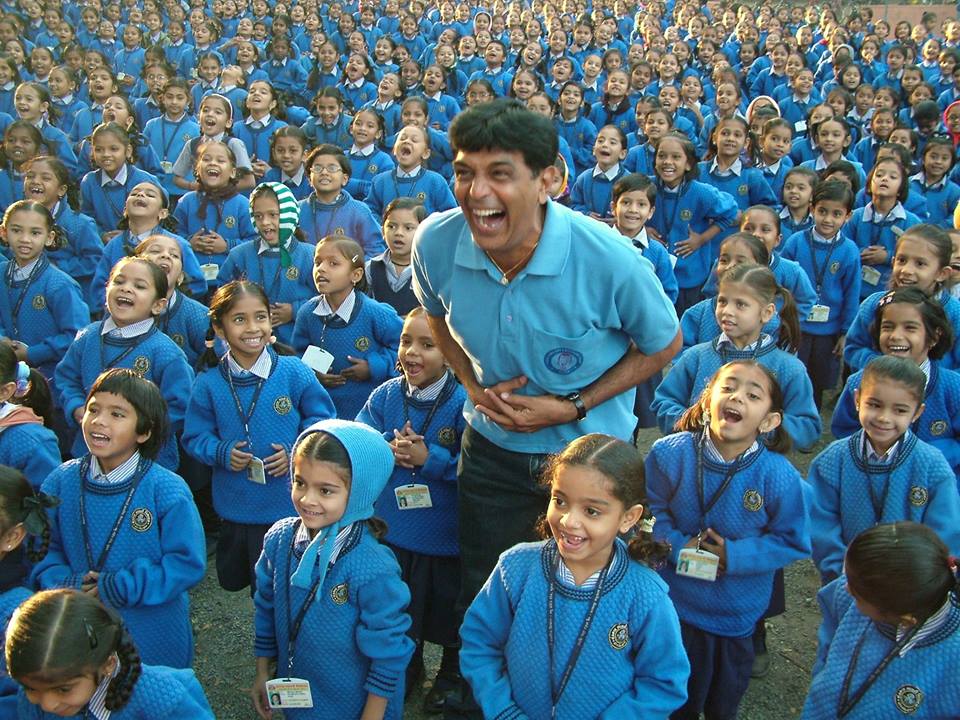I’m not an early childhood educator but intuitively I’ve delighted in seeing children attend to the greatest lesson of all: play. Exploring, enquiring, experimenting, creating, problem-solving, role-playing, imagining, and laughing.
Sadly I’ve seen a generation (at least) of youngsters herded from one organised activity to another—music, dance, second language, soccer, extra tuition—eyes glued to an electronic gizmo between journeys, with little time or opportunity to ‘just play’. By the time they’ve made double-digits—and I mean ’10’!—many have turned into po-faced bundles of nerves or demanding so-and-so’s (to put it politely).
What has happened to playful childlike behaviour? A decade or so ago, American child psychiatrist Alvin Rosenfeld explained overscheduling our children like this:
“Parents feel remiss that they’re not being good parents if their kids aren’t in all kinds of activities. Children are under pressure to achieve, to be competitive.”
About 1 in 7 Australian children and teens, aged 4 to 17, have mental health or behavioural problems, according to Mindframe.
Interviewing laughter yoga founder Dr Madan Kataria earlier this year in Bangalore, he spoke of children’s desperate need to handle stress better:
“Through play we develop emotional intelligence — the single biggest factor determining our life and career successes.”
Dr Kataria put it more bluntly in a recent Facebook post:
“Children are our future. If you want to make the world happy ?#?LaughterYoga should be a part of Curriculum in all the schools.”
Is it time to ‘schedule’ some laughter into the days of Australian school children as they do in some schools in India: 10 minutes of laughter yoga in morning assembly and a 5 minute laughter session in the classroom at the beginning and end of the day? That practice has contributed to students being more upbeat, playful and smiling—and open to learning. Teachers reported feeling more motivated and energised.
I can see it now in the curriculum. Laughter 101: teaching children and adolescents to face tough challenges, handle emotions and survive this competitive world, in a happier more content state of mind.
Want to try laughter yoga in your classroom? Want to learn to be a laughter yoga leader for your school? Heather Joy can run a session, train you to run your own laughter session at school or link you to other Australian certified laughter yogi working with kids near you: contact Heather Joy.
(c) 2016 Heather Joy aka Heather Grant-Campbell

